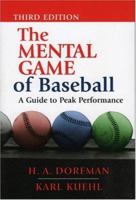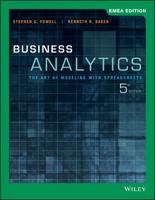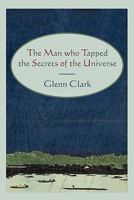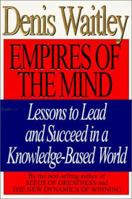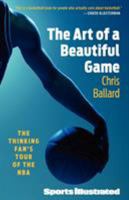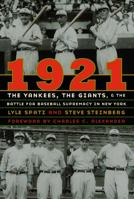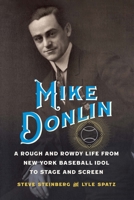You Might Also Enjoy
Book Overview
Eight years ago, Dean and Katy shared a hot and heavy kiss in the barn. Katy couldn
Format:Paperback
Language:English
ISBN:1508444226
ISBN13:9781508444220
Release Date:February 2015
Publisher:Createspace Independent Publishing Platform
Length:114 Pages
Weight:0.26 lbs.
Dimensions:0.2" x 5.0" x 8.0"
Related Subjects
Contemporary Fiction Literature & Fiction Science Fiction Science Fiction & FantasyMore by Steve Steinberg
Customer Reviews
4 customer ratings | 4 reviews
There are currently no reviews. Be the first to review this work.
The Legion of Space Mentions in Our Blog
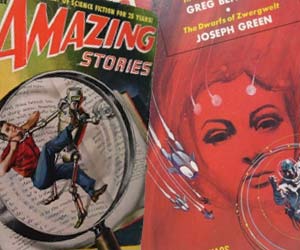
A Look at Trendsetting Science Fiction Pulp Magazines
Published by William Shelton • August 23, 2022
In 1926 the launch of Amazing Stories introduced a new genre of science fiction in the form of a pulp magazine. Writers like Robert Heinlein, Isaac Asimov, and even Stephen King began their careers in magazines like these. Let's take a brief look at some of the trend-setting pulp science fiction magazines which are well remembered, and highly valued, today.






















